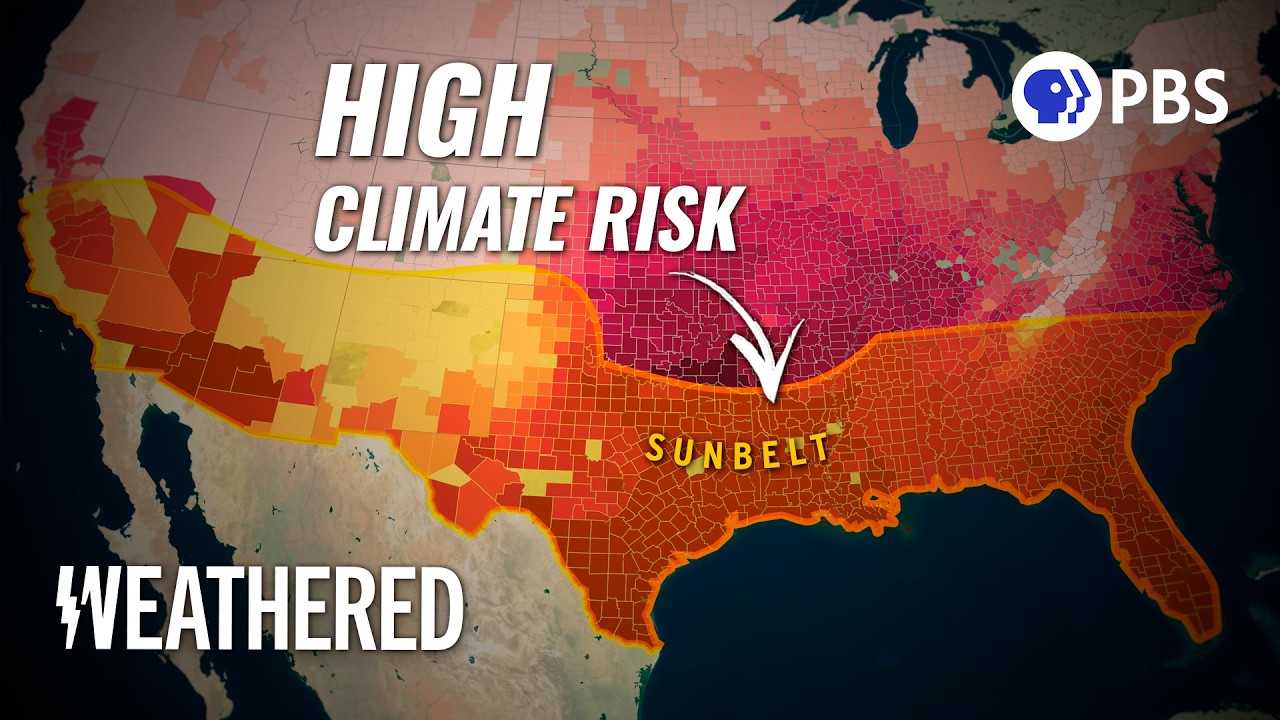When Will We Stop Moving to the Riskiest Regions?
**When Will We Stop Moving to the Most Dangerous Places?**

Currently, the most expensive home for sale in the United States is a sprawling Florida beachfront mansion with a listing price of nearly $300 million. According to First Street’s flood map, the home is almost certain to flood within the next 30 years. Just a short distance away, Hurricanes Helene and Milton flooded thousands of homes.
After a storm, flooded homes often sell for a fraction of their value. Yet despite natural disasters and rising insurance rates, the population of the southern United States continues to grow. Americans have been flocking to the warm, sunny region since air conditioning became popular. During the pandemic, that trend has accelerated.
The mass migration to Florida, Texas, Arizona, and the Sunbelt states during the pandemic has been largely driven by low mortgage rates and remote work, which has allowed people to live in new areas while keeping their old jobs.

But the region is facing a host of climate challenges: record temperatures, wildfires, floods, and increasingly powerful hurricanes. This raises the question: why do people continue to move to such dangerous places, and will the trend change?
A prime example of a reversal in population trends is Louisiana, which has lost people for years in a row. This population decline offers insight into why some states may face similar trends in the future. Louisiana was hit hard by disasters like Hurricane Katrina, and combined with high insurance costs and low median incomes, residents had little choice but to leave.
In contrast, states like Florida and the Carolinas continue to attract migrants thanks to job opportunities and relatively affordable housing. But that may not last forever as the cost of living, insurance, and climate risks increase. Insurance companies are leaving entire states, driving up premiums even in low-risk areas.
Still, some new initiatives offer hope. Companies like Stand Insurance are using innovative risk models to help homeowners reduce their risk and insurance costs by making specific improvements to their homes. This is an important step toward addressing increasingly severe climate conditions.
When all factors are considered—climate, economic, and social—migration to high-risk areas continues. But at some point, the financial and environmental costs may force people to change their minds. What are you doing to protect your home? What would be the threshold for you to decide to leave? Share your thoughts.








